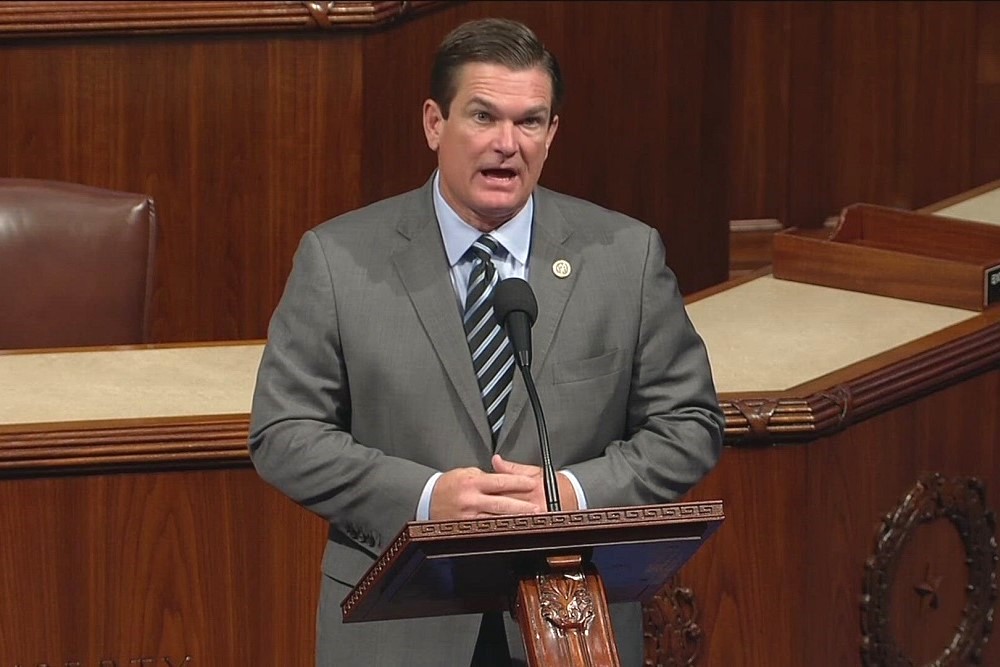Bayer Announces Weed Control Breakthrough 30 Years in the Making

Late last week Bayer Crop Science announced discovery of a new herbicide molecule, an exciting development in the company’s research and development pipeline since it means the first new post-emergence mode of action for broad acre weed control in 30 years.
Darren Wallis, Vice President North America Communications for Bayer Crop Science says the development will eventually put more innovative tools in the American farmer’s toolbox, exactly what farmers always tell him they need.
“It’s phase two, so we’re in early days here in our research pipeline, but we’re confident that by the end of the decade, we should have an exciting new chemistry for growers,” he said. “What’s really exciting for us and we think for them too is that our early results so far show it has really effective control on key resistant grasses. We know that this is something that’s a challenge in the field, and we’re an innovation company and excited that we have this opportunity to bring this new mode forward.”
Wallis says agronomists, including Bayer’s experts, recommend an integrated weed management approach that can include cover crops, crop rotation and multiple modes of action in the herbicide program. The benefits are to both the farmer and the soil in his fields.
“There is no better steward of the land than an American farmer and there is nothing more important to them than protecting that ground,” he told HAT. “What we’re excited about is this gives them yet another tool that they can rely on in the future. Clearly glyphosate and dicamba are the platforms that we have that they can rely on today that give terrific weed control, but we know the future means more tools and more opportunity to control those weeds and this is exciting news for us, especially since it took 30 years to get here.”
The industry-wide breakthrough happened in the weed science research facility in Frankfort, Germany.



